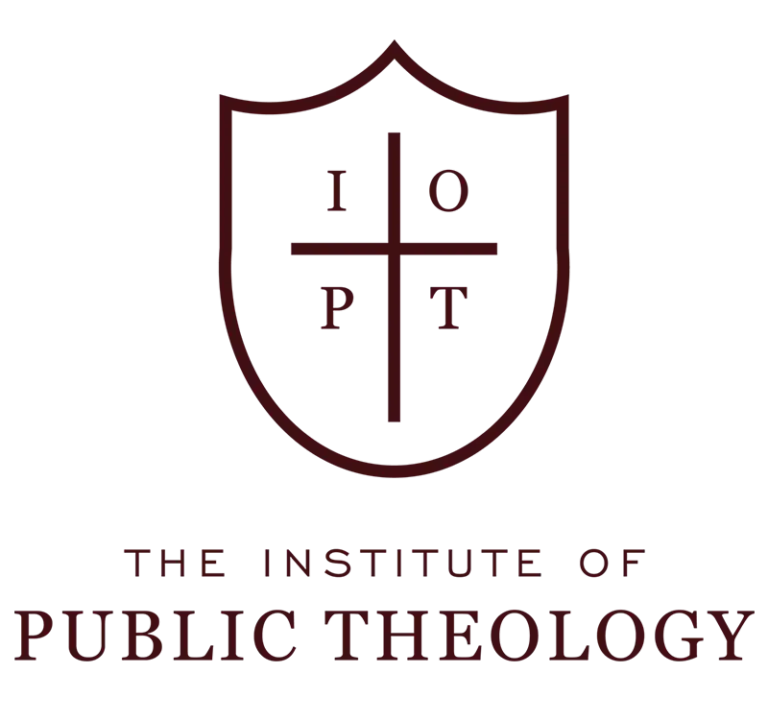Pointing out that if Edwards “was anything, he was a theologian of the Christian life” (11), Sean Michael Lucas seeks to examine that Edwardsian theological vision. He states that “Edwards produced a comprehensive theological vision in which he set forth an approach to the Christian life that started with God’s glory and ended with all creation returning that glory” (11), yet this vision “has not been adequately explored” (11). In exploring Edwards’s vision of God’s Grand Design, Lucas approaches it on two levels: first the cosmic, focusing on “the grand narrative of the history of the work of redemption” (14); second the personal, applying that grand narrative to the individual Christian life.
Lucas begins his analysis of Edwards’s cosmic vision by looking at the glory of God. Here he shows Edwards’s understanding that it is “God’s grand purpose to glorify himself through his work of redemption” (23). All the members of the Trinity are engaged in this task and they accomplish it “by means of covenant” (27). God’s covenantal activity is played out in creation, which serves the more significant work of redemption (ch. 2). Redemption is so central to God’s grand design that “the events of redemption serve as the hinge of human history” (47). Lucas argues that Edwards viewed all of history from the standpoint of redemption. The Old Testament, often interpreted typologically, points forward to redemption. Both human figures (Enoch, Abraham, David, Solomon) and historical events (sacrifices, flood, exodus) point to Christ and his work of redemption. Lucas claims that Edwards did not hold to the moral government theory of redemption but rather “taught that Jesus died as a substitutionary atonement, bearing God’s wrath on behalf of the elect” (56). This is evidenced in Edwards’s use of the words: purchase, satisfaction, and humiliation, when discussing redemption. The cosmic goal of this redemption is to “unite all things in himself” (61) in the happy and lovely habitation of heaven (ch. 4).
Lucas transitions to the personal application of this grand vision by looking at what it truly means to know God. For Edwards, spiritual knowledge “is a true sense of the divine excellency of the things revealed in the Word of God” (84). This “basic sensation of the divine beauty” (84) comes from the Spirit who grants light to the intellect and heat to the heart. Lucas shows that the affections are key for Edwards, religious affections: consist in “a new disposition… bent on or inclined toward love for God” (95); can be counterfeited by mere enthusiasts leading to self-deception (ch. 7); but rightly experienced lead to “truly virtuous lives” (130). Through this lens of an affectionate Christian life the means of grace can be rightly understood. The word must be preached fervently for the purpose of raising affections (ch. 9). The sacraments function as signs and means of covenantal relationship; baptism being the “visible seal” of admission into the covenant (150) and the Lord’s Supper being a time of communion with Christ (153). For Edwards, prayer is both “a means by which holy affections are stirred” (163) and “a duty for advancing God’s kingdom” (162). Finally, Lucas shows that Edwards viewed the Christian life as one of a journey to heaven. Christians not only experience a true sense of God’s glory with raised affections here on earth, but they are moving toward a world of heavenly love where they will know full delight in God.
Lucas’s work faithfully lives up to its subtitle and delivers “the theological vision of Jonathan Edwards” for the Christian life. Worthy of mention is his ability to tie together both the cosmic aspect and the personal aspect of Edwards’s vision. For example, Lucas shows the union of both aspects in heaven, where we “will know degrees of bliss, but everyone will be so filled with delight in God’s glory that all will redound to his praise. And in many ways, this is the place where the large picture of redemptive history and the more personal application of redemption merge” (189). More connections like this one, between the grand aspects and personal aspects of the Christian life, are needed for a healthy spirituality. Another commendable aspect of the work is Lucas’s ability to sketch out the disciplines in reference to the affections, a true testimony to Edwards’s spirituality. Many quotes from Edwards are marshaled in chapter 9 and 11 as evidence to support his claim that the word and prayer are means of grace producing religious affections in the heart (see 134, 144, 163, 168).
My only critique of the work concerns the inclusion of the sacraments as one of the means of grace. Although this chapter reveals the great difficulty Edwards encountered over baptism and the Lord’s Supper, and indeed they are means of grace, it seems other disciplines may have been more fitting to include. For instance, a chapter on Edwards’s vision of meditation or beholding God’s glory in nature may have fit nicely along with the word and prayer, since there is a strong correlation between these disciplines and the affections. Even so, Lucas by no means neglects Edwards’s theological vision of nature for he notes it in the first section of the work.
By thorough analysis of Edwards’s own work, Sean Michael Lucas has provided a magnificent and systematic resource that succinctly portrays his theological vision of the Christian life.




























